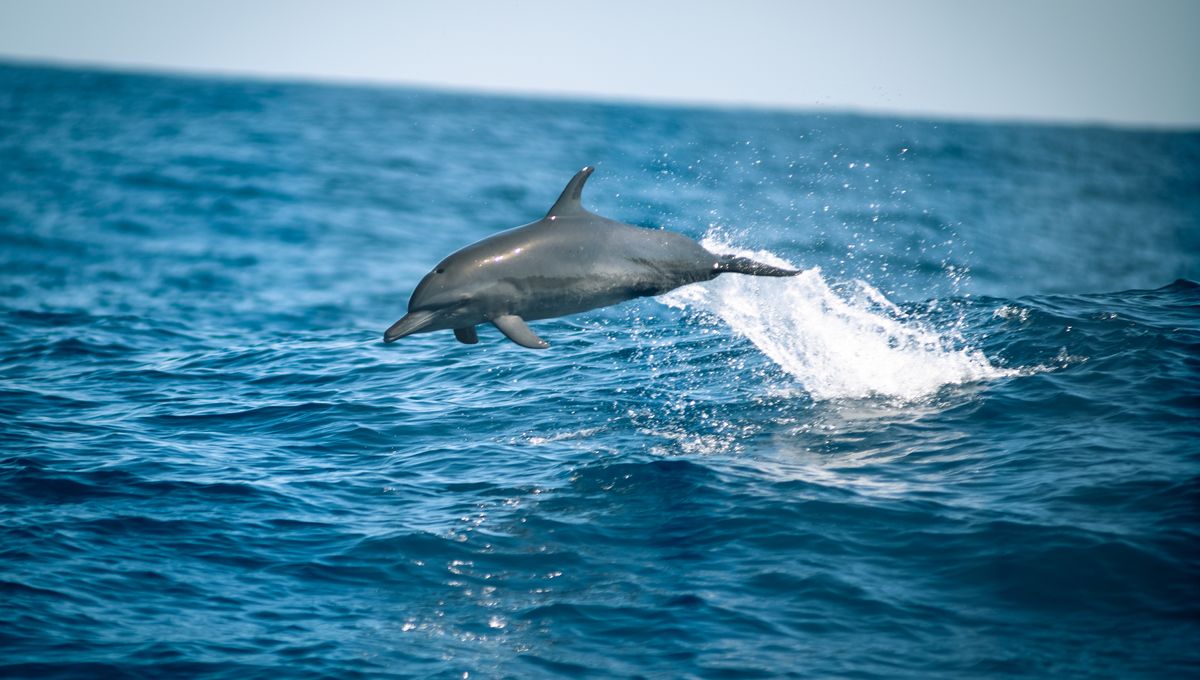
The ocean’s chatter is getting a high-tech translator. A new AI model is diving into the clicks, whistles, and pulses of dolphins, bringing scientists closer than ever to cracking the code of one of the animal kingdom’s most sophisticated forms of communication.
Dubbed DolphinGemma, the new AI system is a dolphin-friendly large language model developed by Google in collaboration with researchers from Georgia Tech and the Wild Dolphin Project (WDP).
Dolphins are highly intelligent and talkative animals, using a variety of high-frequency sounds to woo mates, find friends, coordinate behavior, and maintain group harmony (a bit like us, really). Over the years, WDP has collected huge amounts of data on dolphin vocalizations and started to identify patterns like signature whistles that help mothers and calves find each other, burst-pulse “squawks” during fights, and rapid click “buzzes” used in courtship or when chasing off sharks.
With the help of AI, they aim to dive deeper into the data and uncover the patterns and rules that could reveal what dolphins are really saying. It’s initially being trained on Atlantic spotted dolphin, but the team hopes to apply the findings to other cetacean species, like bottlenose or spinner dolphins.
Using advanced audio technology, the model can turn dolphin sounds into a format that AI can analyze, making it easier to spot patterns and meanings. Despite the power of the DolphinGemma model, it is efficient enough to run directly on smartphones used by field researchers in the wild.
It will churn this data using a large language model, a type of machine learning model that’s especially well-suited to this kind of work because they’re designed to find patterns in complex sequences, whether it’s human-written texts or dolphin vocalizations.
Much like how ChatGPT does for human language, DolphinGemma is trained to recognize recurring patterns, sound combinations, and contextual cues in dolphin vocalizations. This allows researchers to move beyond simply cataloging sounds and toward understanding how those sounds might function in a structured, meaningful way, like a language.
One of the main goals of WDP’s research is to understand how dolphins communicate and interact with each other in the wild. By studying them in their natural habitat underwater, researchers can connect specific sounds to behaviors in real-time, which isn’t possible from the surface.
Ultimately, the project hopes to explore the potential for two-way interaction between humans and dolphins using the technology. In other words, to speak dolphin.
There will be many hurdles to jump before this goal is reached, though. For one, dolphins from different regions are known to have distinct vocalizations, suggesting they may communicate using different “accents” or even whole other languages. It’s not even known whether two populations from different parts of the ocean would understand one another.
Nevertheless, with tools like DolphinGemma, scientists are beginning to unravel the mysteries of dolphin communication and lay the groundwork for what could one day become a true conversation across the species. Let’s hope they thank us for all the fish.
Source Link: Google Has Developed An AI Model To Communicate With Dolphins